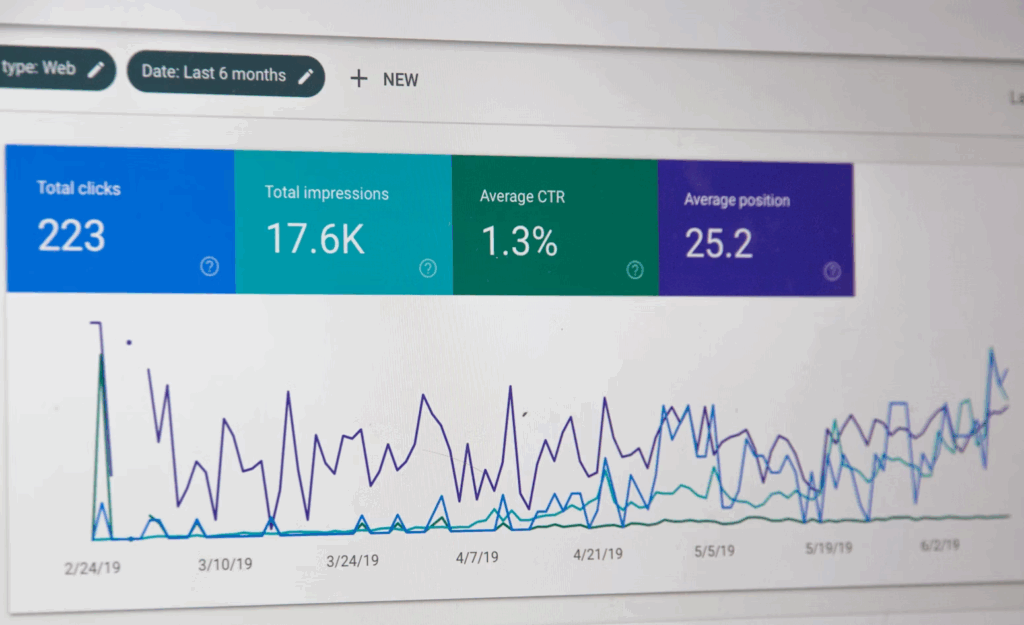Every medical practice depends on trust, visibility, and communication. A clinic’s success no longer relies solely on word-of-mouth or referrals from other professionals. Patients now search online before choosing where to go for treatment, often judging a practice by what they see on screens long before meeting the doctor in person. A well-built digital presence gives healthcare providers the chance to connect with people who need care, answer questions before appointments are even made, and present services in a way that feels human and reliable. The web offers countless ways to reach potential patients, and each method contributes to a stronger foundation for growth.
Using Google Ads to Reach New Patients
Paid advertising can open doors for practices that want immediate visibility. With the right setup, Google Ads can place your clinic at the top of search results for people looking for care nearby. Campaigns targeted by location, specialty, and patient needs help focus the budget where it counts most. Crafting effective Google Ads campaigns for healthcare means writing ad copy that builds confidence, selecting the right keywords, and connecting ads to pages that encourage patients to take action. When people search for “pediatrician near me” or “orthopedic clinic open today,” your ad can appear at the exact moment they are ready to decide. The combination of timing, relevance, and trust is what turns simple clicks into booked appointments.
Building a Website That Builds Trust
A patient’s first interaction with a healthcare provider often starts with a website. The design, speed, and clarity of the site all shape how visitors perceive the quality of care. A website should feel calm, reliable, and welcoming, mirroring the tone of a good waiting room. Clear navigation helps users find the information they need, whether it’s clinic hours, insurance details, or treatment options. Pages should explain medical services in plain language, avoiding heavy jargon.
Adding patient reviews, doctor profiles, and educational articles can strengthen credibility. Each element should point to a clear next step, such as booking an appointment or calling the office. If a website loads slowly, looks cluttered, or confuses users, potential patients often move on to the next result. A well-structured site gives people confidence in their decision to reach out and book a visit.
Leveraging Search Engine Optimization (SEO)

Organic search plays a major role in attracting patients. SEO helps position your practice’s website on the first page of search results, which is where most clicks occur. By understanding what patients type into search engines, such as “urgent care near downtown” or “dental implants cost,” you can create content that matches their intent. Each service page should target specific phrases and include local information like city names, neighborhoods, or zip codes.
SEO is not just about keywords. It also depends on user experience. Search engines reward sites that are easy to navigate, mobile-friendly, and informative. Regularly publishing blog posts that answer common patient questions keeps your site active and relevant. Over time, this builds authority, making it easier for people to find your clinic without paid ads. SEO requires patience, but once results begin to appear, the long-term benefits can be substantial.
Creating Engaging Social Media Connections
Social media gives medical professionals a chance to speak directly to their community. Whether it’s Facebook, Instagram, or LinkedIn, these platforms let you share updates, patient success stories, and behind-the-scenes moments that make your practice feel approachable. Short videos about preventive care, staff introductions, or seasonal health tips can capture attention and remind people that you care beyond the appointment room.
Interacting with followers can also build loyalty. Responding to comments and answering basic questions helps humanize your brand. Paid promotions on social media can extend your reach to local audiences, keeping your clinic visible even when people are not actively searching for medical help. Consistency matters more than frequency. A few thoughtful posts each week can maintain engagement and keep your practice in patients’ minds.
Gathering and Showcasing Patient Reviews
Online reviews act as digital word-of-mouth. People often read them before contacting a healthcare provider, making them a powerful influence on decision-making. Encouraging satisfied patients to share their experiences can strengthen your reputation. Most review platforms, like Google or Healthgrades, allow you to respond publicly. A kind and professional reply to both positive and negative reviews shows transparency and care.
Setting up a simple review process helps keep feedback steady. This might mean sending a thank-you message with a review link after an appointment. Patients who feel valued are more likely to share their experiences. Over time, a steady stream of positive reviews signals reliability to both search engines and prospective patients. It also provides helpful insights for improving service quality and communication.
Growing a medical practice online involves more than advertising. Every digital channel serves a shared purpose: to help people find the care they need and feel confident choosing your practice. With thoughtful planning and genuine communication, the web becomes not just a marketing tool, but an extension of your patient-centered mission.
